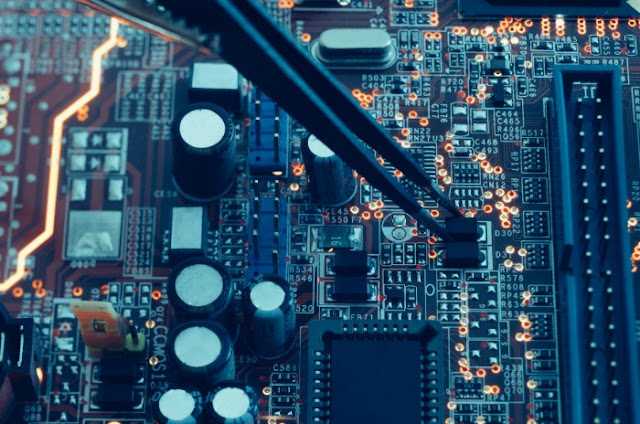Designing Tomorrow: The Basics of Electronic Circuit Designs
Welcome, future innovators, to the exciting world of electronic circuit designs! This blog post is your launchpad into understanding the fundamental building blocks that power the technology we use every day and pave the way for the marvels of tomorrow.
What is a circuit?
Imagine a network of roads in electronic repair services where electrons, instead of cars, flow through interconnected components like resistors, capacitors, transistors, and more. These components act like traffic lights, stop signs, and bridges, controlling the flow and behavior of the electrons to achieve specific functions. Designing a circuit is like creating a blueprint for this electron traffic, directing it to perform tasks like lighting an LED, amplifying a sound signal, or even processing complex data.
The building blocks:
- Resistors: Think of these as roadblocks, regulating the current flow like adjustable valves.
- Capacitors: These act like reservoirs, storing electrical energy for later use, similar to dams.
- Transistors: Imagine them as electronic switches, turning current on or off based on a control signal, like traffic lights.
- Integrated Circuits (ICs): These are miniaturized cities of electronic components, containing millions of transistors and other elements on a single chip, performing complex functions.
Understanding the basics:
- Ohm's Law: This fundamental equation governs the relationship between voltage, current, and resistance, guiding you in calculating how components interact.
- Kirchhoff's Laws: These two laws ensure the conservation of charge and current within a circuit, like the rules of traffic flow.
- Logic Gates: These are the building blocks of digital circuits, performing basic operations like AND, OR, and NOT, forming the foundation of digital electronics.
Why design circuits?
- Bring your ideas to life: From simple gadgets to complex robots, circuit design empowers you to create functional devices based on your imagination.
- Shape the future: Understanding circuits opens doors to careers in cutting-edge fields like robotics, renewable energy, and artificial intelligence.
- Solve real-world problems: Electronics are everywhere, and your design skills can contribute to solutions in healthcare, environmental monitoring, and sustainable living.
This is just the beginning! Numerous resources are available online and in libraries, offering tutorials, simulations, and starter kits to help you experiment and build your own circuits. Remember, the most important ingredient is your curiosity and passion for exploring the world of electronics.


Comments
Post a Comment